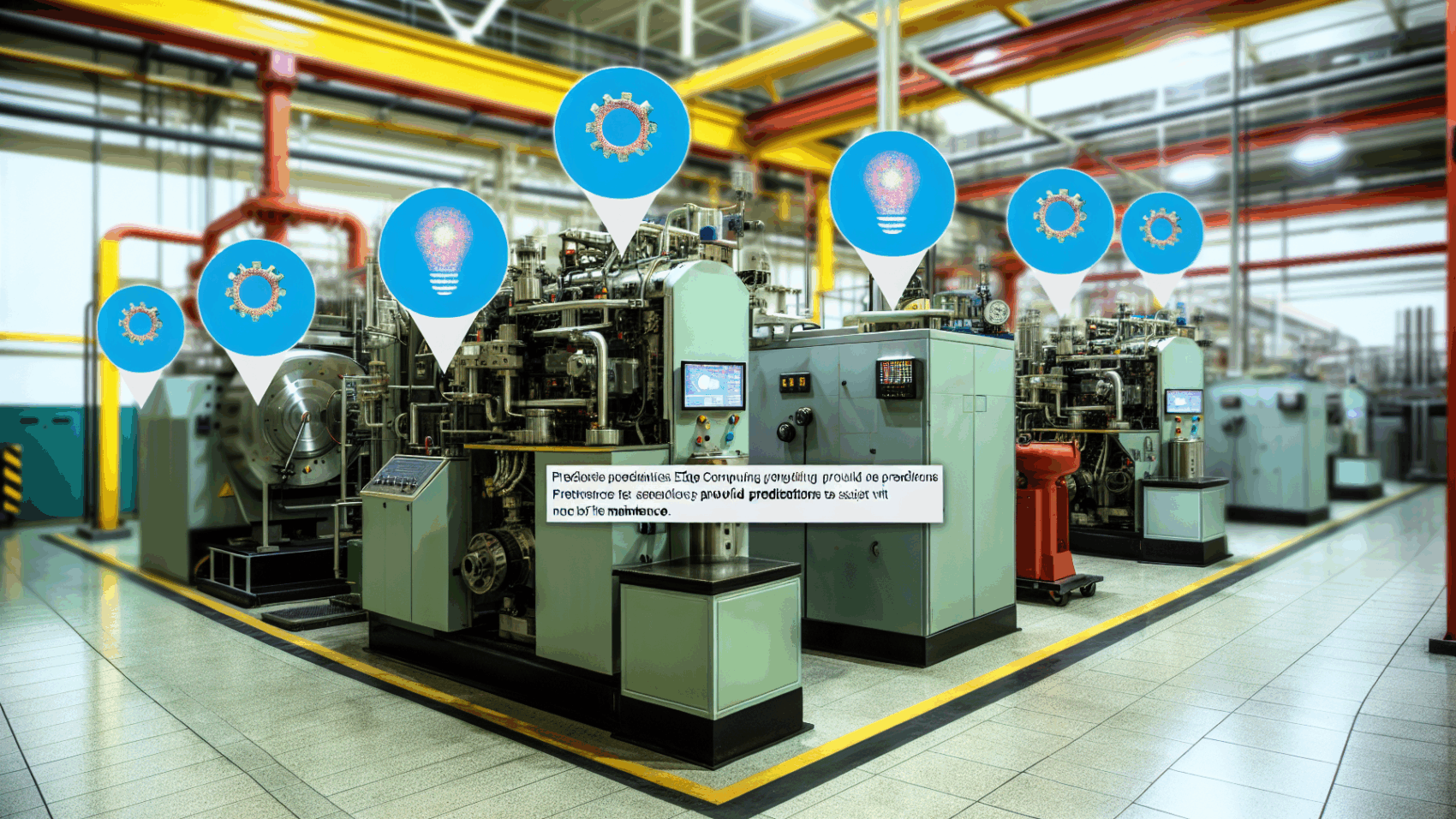Dive into the transformative impact of edge computing on maintenance technologies and best practices. This article sheds light on how localized data processing is revolutionizing maintenance strategies with responsive, efficient, and informed actions tailored to real-time operational demands.
The Convergence of Edge Computing and Maintenance
The convergence of edge computing and maintenance signifies a transformative approach towards industrial operations, particularly in the sphere of maintenance. The heart of this evolution lies in the ability to process and analyze data directly at its source. This proximity to data source facilitates the instant execution of decisions, enhancing the predictive maintenance model beyond traditional measures. Through the integration of IoT (Internet of Things) devices, maintenance becomes a data-driven process, where sensors collect real-time information about the machinery’s performance and health. This data, when processed at the edge, allows for immediate insights into potential issues or the need for maintenance, enabling a more agile response.
One of the paramount benefits of integrating edge computing into maintenance practices is the significant reduction of operational downtimes. Instead of relying on periodic checks and scheduled maintenance, which often leads to unnecessary downtime or unforeseen failures, edge computing empowers the maintenance teams with the ability to rectify or replace parts before they fail based on real-time data insights. Moreover, it optimizes maintenance schedules to align with actual wear and tear, rather than pre-set intervals, further reducing unnecessary downtimes and operational costs.
This strategic shift toward proactive intervention harnesses the power of predictive analytics, which can forecast potential issues based on ongoing data analysis. However, the confluence of edge computing and maintenance is not without its challenges. It demands upfront investment in technology and training, alongside the development of new strategies to manage the overwhelming amount of data generated. Despite these challenges, the long-term benefits, including cost savings, enhanced efficiency, and reduced downtimes, present a compelling case for the adoption of edge computing in modern maintenance practices.
Conclusions
Edge computing brings a revolutionary perspective to modern maintenance practices, offering speedy, localized, and intelligent data processing. This advancement promises a robust infrastructure capable of pre-emptive maintenance actions, significantly reducing downtime and fostering industry innovation. As technology steams ahead, edge computing stands as a beacon of operational efficiency and reliability in maintenance strategies.

